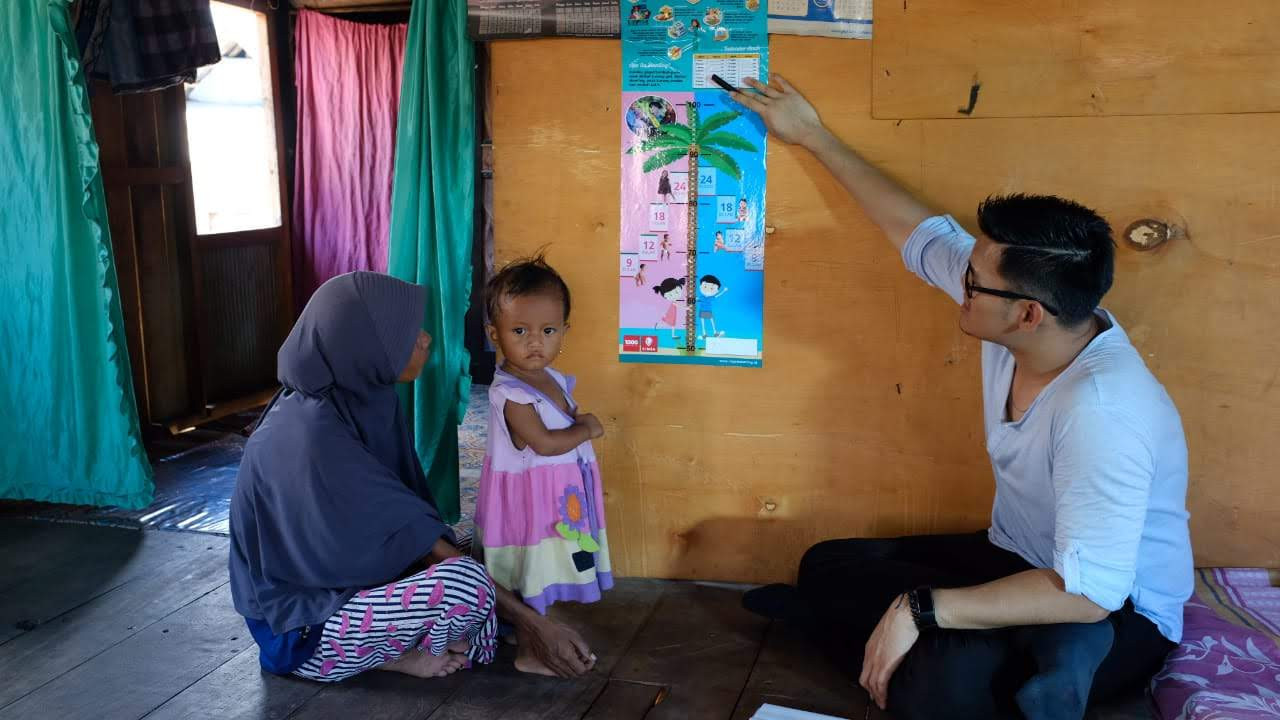
DiYES International School – Global Childhood Nutrition Paradox reveals a troubling trend in child health. While some children consume more than needed, others struggle with severe undernourishment. A recent analysis funded by WHO shows that over 250 million children fail to reach full development. This failure comes not just from hunger but from preventable diseases such as respiratory infections and diarrhoea. The paradox lies in the rise of childhood obesity, coexisting with chronic malnutrition across different regions. Low-income areas still battle with food scarcity, while urban centers face the challenge of unhealthy diets and sedentary lifestyles. WHO continues to advocate for Universal Health Coverage that includes nutrition, sanitation, and vaccination. Equal access to healthcare can prevent many causes of child mortality and underdevelopment. Bridging this dual crisis will require stronger coordination among governments, healthcare systems, and communities around the world. Without balanced nutrition and early intervention, children are left vulnerable to long-term physical and cognitive deficits.
While obesity captures headlines, the Global Childhood Nutrition Paradox shows malnutrition quietly affecting millions of children worldwide. Stunting, wasting, and underweight issues still dominate in South Asia, Sub-Saharan Africa, and Latin America. Children missing essential nutrients during their first thousand days often face delayed development and fragile immunity. Conflict zones and climate disasters disrupt access to food and medical services. Treatable infections turn deadly when children’s bodies lack strength to recover. Diarrhoea and respiratory illnesses cause major setbacks in both physical growth and cognitive development. Many students attend school hungry and cannot concentrate or perform well. Trained local health workers check growth regularly and provide basic nutrient supplements. Funding gaps and supply chain problems limit the reach of these efforts. Solving this crisis demands more than food drops. Strong food systems, maternal education, and clean water must take priority. This paradox calls for a shift toward long-term solutions and sustainable public health interventions.
“Read about: Children in Crisis: Armed Conflicts in 2024 Bring Alarming Levels of Harm”
While obesity captures headlines, malnutrition continues to harm millions of children without public attention. Stunting and wasting remain widespread in South Asia and Sub-Saharan Africa. Underweight conditions also persist across parts of Latin America. Children need nutrients during their first thousand days to grow properly and develop strong immunity. Conflict and climate disasters displace families and block access to food and health care. Infections turn deadly when children’s bodies are too weak to resist illness. Diarrhoea and respiratory diseases cause long-term delays in growth and learning. Many children attend school hungry and struggle to focus in class. Local health workers track growth using charts and provide nutrient supplements when possible. Supply chains and funding gaps still limit consistent support in high-risk regions. Combating hunger requires stable food systems and strong maternal health programs. Clean water and hygiene remain essential parts of prevention. Policymakers must invest in long-term strategies instead of relying only on emergency feeding efforts.
“Read more: Garage Door Window Inserts: Function Meets Aesthetic”
Preventable diseases still claim the lives of millions of children each year. Many of these deaths could be avoided through basic interventions like vaccines, antibiotics, and proper hygiene. WHO’s focus remains on improving vaccine access, especially in remote areas and fragile states. Routine immunization helps stop outbreaks and build herd immunity, but coverage remains uneven. Children who miss vaccinations due to war or poverty face higher risks of illness and death. Malnutrition makes vaccines less effective, which creates a vicious cycle of poor health. This reflects the Global Childhood Nutrition Paradox, where undernourished children struggle to benefit even from available health interventions. Mobile clinics and door-to-door health campaigns have shown success in reaching unregistered children. Community health workers educate parents about symptoms and when to seek help. Countries that invest in immunization infrastructure often see a drop in child mortality. Vaccine equity has become a major goal in WHO’s global health strategy.
The nutrition crisis calls for unified global strategies that integrate health, education, and food systems. No single intervention can solve this paradox alone. WHO and partner organizations promote multisectoral approaches that involve local governments, NGOs, farmers, and teachers. Schools should provide both meals and lessons on nutrition. Parents need tools to support healthy eating at home. Healthcare providers must identify risks early and act quickly. Agricultural policies should support diverse, nutrient-rich crops over cash crops alone. International aid must prioritize sustainable programs instead of short-term fixes. Technology can also help by tracking child growth, managing food distribution, and delivering remote training. Global monitoring frameworks allow countries to learn from each other’s successes and failures. Investment in children’s health creates ripple effects across economies and generations. Leaders at all levels must treat this issue as urgent. The wellbeing of future societies depends on how the world responds today.